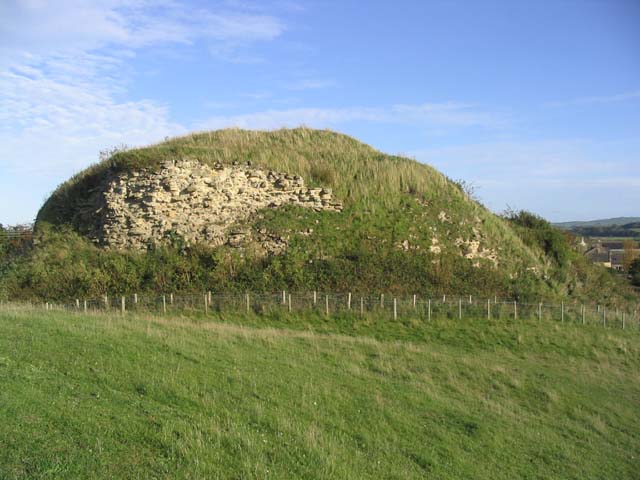Henry VII, Elizabeth of York. first Prince Arthur, Prince Henry, Princess Mary, Princess Margaret, Catherine of Aragon, Queen Joanna, James IV, Ferdinand II
Elizabeth of York gave birth to a baby girl on 14 September 1486. She and King Henry VII, her husband, named her Margaret after his mother. Three years later, on 29 November 1489, their much hoped for son was born. They named him Arthur. In May 1491 negotiations began for his marriage to Catherine of Aragon (born 15 December 1485) daughter of Ferdinand of Aragon and Isabella of Castile. Arthur and Catherine were betrothed by proxy in November 1500. However they would not get married until he was fifteen yesrs old. Meanwhile he was created Prince of Wales in 1492. His father appointed him the nominal head of the Council in the Marches of Wales, based at Ludlow. Elizabeth gave birth to a girl on 28 June 1491 and to a boy on 18 March 1496. She and Henry named them Mary and Henry respectively.
Their eldest daughter, Margaret, married James IV, King of Scots, in June 1500, as a condition of the Treaty of Perpetual Peace between England and Scotland. (1) Though as Margaret was only thirteen years old, the marriage would not yet be consumated. She gave birth to seven babies between April 1503 and May 1512, but only two survived infancy, in fact to adulthood. A son born on 3 October 1505, and a daughter born on 9 May 1512. She and James named them James and Margaret respectively.
Arthur, Prince of Wales, died at Ludlow Castle, on 2 April 1502. He was only twelve years old. His parents were grief stricken. They buried him in Worcester Cathedral, and commissioned Prince Arthur's Chantry, an elaborately decorated chapel in his memory. It was built in Worcester Cathedral in 1504. We do not know how Catherine of Aragon felt. She and Arthur had never met, though they had corresponded by letter. His younger brother, Prince Henry, was too young for her. Instead she married Charles III, Duke of Savoy.
Elizabeth of York, died on 11 February 1503 from postpartum infection following the birth of her daughter, Katherine on 2 February, who died a few days later. Elizabeth was only 37 years old. King Henry was grief stricken. Though he married Elizabeth for political reasons, he loved her deeply. He seriously considered remarrying. In 1505 he sent an ambassador to Naples to report on the suitability of Joanna, Dowager Queen of Naples (born 15 April 1478). He liked what the report said. So they were married in London on 16 October 1505.
Princess Mary, the younger daughter, of Elizabeth and Henry, married King Ferdinand II of Spain on 19 July 1505, his wife, Isabella, having died on 26 November 1504.
(1) See http://en.wikipedia.org/wiki/Treaty_of_Perpetual_Peace.
Their eldest daughter, Margaret, married James IV, King of Scots, in June 1500, as a condition of the Treaty of Perpetual Peace between England and Scotland. (1) Though as Margaret was only thirteen years old, the marriage would not yet be consumated. She gave birth to seven babies between April 1503 and May 1512, but only two survived infancy, in fact to adulthood. A son born on 3 October 1505, and a daughter born on 9 May 1512. She and James named them James and Margaret respectively.
Arthur, Prince of Wales, died at Ludlow Castle, on 2 April 1502. He was only twelve years old. His parents were grief stricken. They buried him in Worcester Cathedral, and commissioned Prince Arthur's Chantry, an elaborately decorated chapel in his memory. It was built in Worcester Cathedral in 1504. We do not know how Catherine of Aragon felt. She and Arthur had never met, though they had corresponded by letter. His younger brother, Prince Henry, was too young for her. Instead she married Charles III, Duke of Savoy.
Elizabeth of York, died on 11 February 1503 from postpartum infection following the birth of her daughter, Katherine on 2 February, who died a few days later. Elizabeth was only 37 years old. King Henry was grief stricken. Though he married Elizabeth for political reasons, he loved her deeply. He seriously considered remarrying. In 1505 he sent an ambassador to Naples to report on the suitability of Joanna, Dowager Queen of Naples (born 15 April 1478). He liked what the report said. So they were married in London on 16 October 1505.
Princess Mary, the younger daughter, of Elizabeth and Henry, married King Ferdinand II of Spain on 19 July 1505, his wife, Isabella, having died on 26 November 1504.
(1) See http://en.wikipedia.org/wiki/Treaty_of_Perpetual_Peace.
Last edited:
